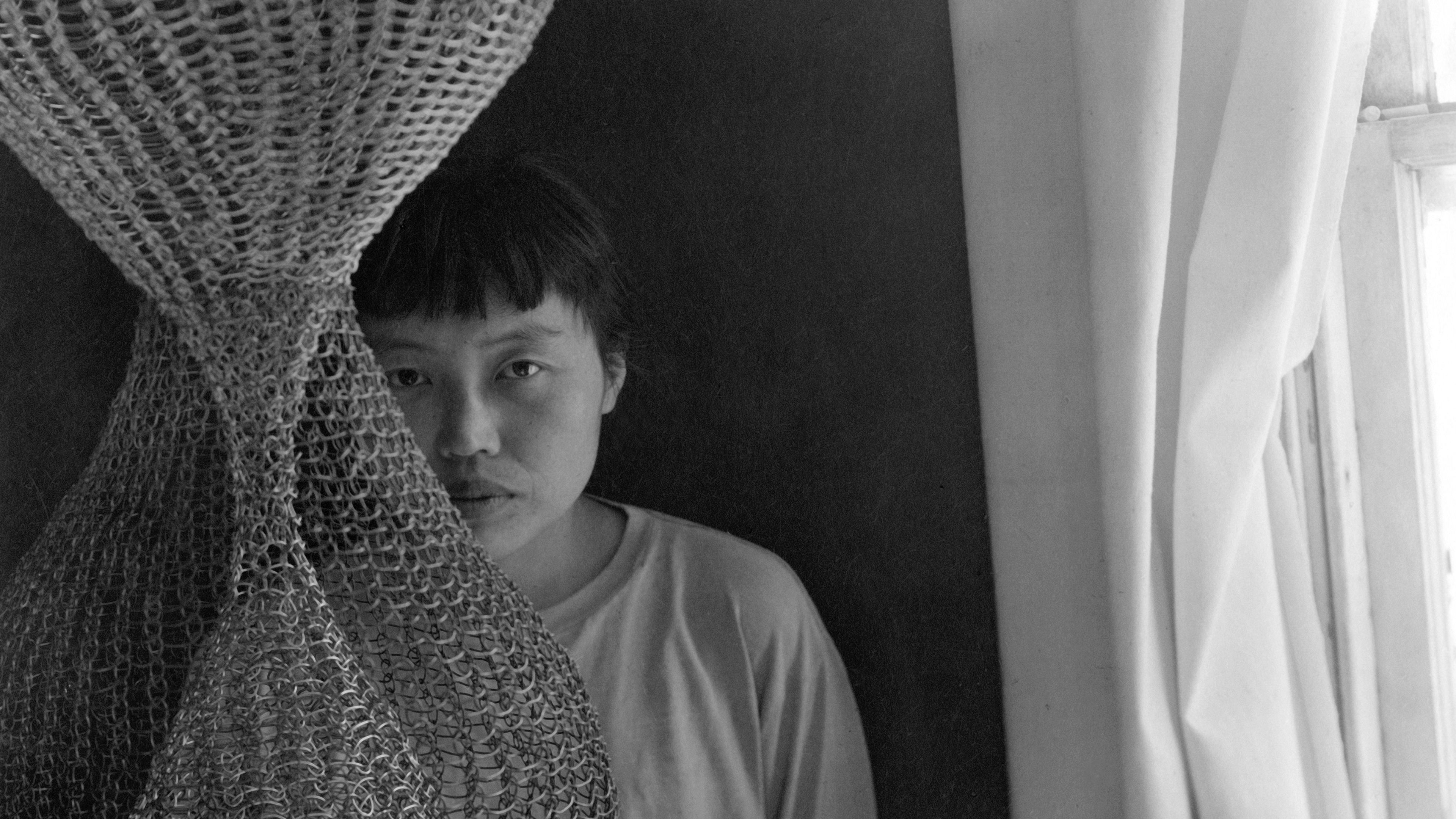2018
In Ruth Asawa, an immersive new monograph on the artist’s life and work, published by David Zwirner Books, Tiffany Bell begins her essay with an insightful anecdote:
In 1971, the renowned twentieth-century inventor and visionary Buckminster Fuller wrote a letter of recommendation in support of Asawa’s application to the Guggenheim Foundation’s annual fellowship program. After noting that he had been writing these recommendations for various candidates for forty-three years, Fuller said: "I state, without hesitation or reserve, that I consider Ruth Asawa to be the most gifted, productive, and originally inspired artist that I have ever known personally." . . . He cited her wire mesh sculptures, with which he had been familiar since the late 1940s when he and Asawa were both at Black Mountain College in North Carolina.
Also featuring a text by Robert Storr, who discusses Asawa’s work in relation to mid-twentieth-century art, culture, and scientific theory, this publication illuminates the depth and importance of the artist’s practice in the context of modernism. The book’s extensive imagery includes installation views, works on paper, and detailed photographs revealing the intricacy of Asawa’s sculptures, as well as intimate archival portraits of the artist by her friend Imogen Cunningham. Its design is also directly inspired by its subject. Taking the elongated form of the hanging wire works as a starting point, the book’s designer, Michelle Nix of McCall Associates, has addressed the challenge of conveying sculpture on the flat surface of the page through a vibrant combination of inset images and full bleeds, varying indents, and a playful approach to scale. As Nix noted, "One of the advantages for the Ruth Asawa project was being able to view the work at [David Zwirner] before even thinking about the book. . . . Seeing the works in person helped me form a better understanding of the artist, learn the details of her process, and see how the works interacted with each other, the viewer, and the space." Unrestrained by linear narrative, the plates mimic the varied approach one takes when viewing the works in situ, while the lightness of the layout for the essays and illustrated chronology—the freedom to "roam," as Nix puts it—was inspired by an installation view of Asawa’s smaller hanging works that appears on pages 74–75.
As the first major monograph about Asawa’s work published since the catalogue accompanying a retrospective of her career at the de Young Museum in San Francisco in 2006 (where some of the artist’s works are permanently installed), this book provides a timely overview that many argue is overdue. "In her lifetime," Kaelen Wilson-Goldie wrote in an Artforumreview of the gallery’s inaugural solo exhibition of Asawa’s work in the fall of 2017, "Asawa weathered storms of weak interpretation . . . that made too much of her positions as a wife and mother and not nearly enough of her contributions to modernism and abstraction."
Cover image: Ruth Asawa, 1950s (detail). Photo by Imogen Cunningham. © 2018 Imogen Cunningham Trust

